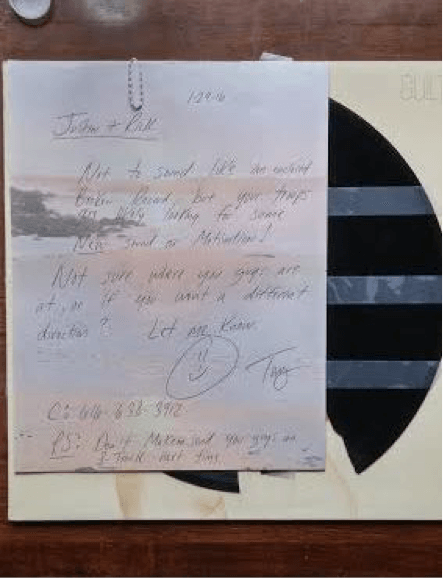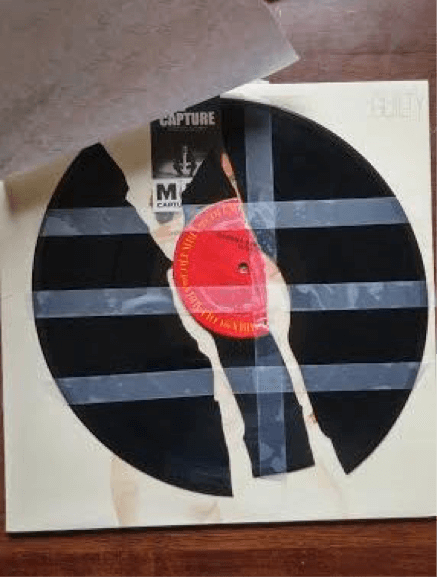Mention direct mail to most entrepreneurs or executives, and concerns about cost immediately come up.
After all, direct mail marketing is often seen as a risky numbers game. Mail a bunch of letters or postcards, and a small percentage of prospects might respond…
For cold lists, this number usually hovers around 1-2%. The figure is a bit higher for warmer house lists. According to a recent report from the Direct Marketing Association, the median response rate for direct mail sent to house lists is 3.73%.
Of course, with expected response rates so low, cutting costs becomes key. Slash a few cents per piece, and savings add up quick.
…But is this thought process really the best way to benefit from direct mail?
You see, I don’t view direct mail as a numbers game. Instead, I look at it as an effective way to create stronger connections on a small scale.
Yes, a cost-cutting mindset might make sense when doing mass mailings, but it’s dangerous when targeting important decision-makers who can bring big benefits to your business.
And here’s the thing:
Smaller mailings allow you to spend more per piece, often leading to an even greater impact. What’s more, when compared to a standard letter or postcard, your mailings are more likely to get opened and read.
Remember, it doesn’t have to be difficult to create a winning piece that gets attention. For even more tips on improving your direct mail strategy, check out our related article, “How to “Win” with Direct Mail Marketing.”
So, let me give you a few ideas for doing small-scale mailings…
A couple weeks ago, I met with a client who is a wine wholesaler. He lives close to me, so we agreed to meet while walking along the canal behind both our houses.
Informal meetings like these are fun because people feel more comfortable sharing their challenges.
Within a few minutes, Scott started telling me about a problem with a potentially huge prospect. He’d recently hopped on a flight to meet with this person and had – he believed – an excellent meeting.
Closing the deal seemed almost certain.
Yet when he returned home and emailed the final details, he didn’t hear back. This silence went on for several days – over many emails.
A frustrated Scott asked me for help.
Since this potential deal was so big, I suggested he stop relying on email. After all, email is easy to ignore, and it’s a far too common way to communicate in business.
I told Scott to pack his previously sent emails into a FedEx box, toss in a few fun items that would make noise when you shook the package, and include a super short letter requesting a call-back.
I then suggested he spend a few extra dollars for next-day delivery.
Simple stuff, right?
Well, Scott added a bunch of chocolates to the box and mailed it. Just two days later, he was on a conference call to close the deal.
Think about it…
All Scott did was change the delivery method – his message stayed the same. Using a priority mail service expressed urgency, while also proving his dedication to the project.
Looking for more tips to improve your outbound campaigns? Check out this related piece on increasing the response to your cold email outreach.
A friend of mind, Tony Rubleski, president of the Mind Capture Group, uses a similar approach when communication efforts stall.
He mails a broken record…


Here’s the text from one of his recent mailings:
(Name),
Not to sound like a broken record, but your troops are likely looking for some new sound or motivation! Not sure where you guys are at, or if you went a different direction?
Let me know,
Tony
(cell phone number)
P.S. Don’t make me send you guys an 8-track next time.
Could you ignore a mailing like this one?
Probably not.
The extra humor in the P.S. is a nice touch.
Tony told me his broken-record letter has led to many appointments, and as he calls it, “mind capture.”
A couple months ago, I received a client reactivation letter from copywriter Kevin Donlin. It arrived in a #10 envelope and included an image of a calculator at the top of the first page.
I loved the idea so much I created my own campaign. However, I included actual calculators with my mailing. I then picked 19 past clients to receive the package.

The letter walked people through the process of figuring out how much revenue they’re missing by not giving past clients opportunities to buy again. I also made an offer (with a deadline) to create a done-for-you client reactivation campaign.
After the first letter, I followed up with a hand-written letter, and an email a few days afterward (having a follow-up plan in place often multiplies your response).
The entire campaign – including the calculators – cost $80.05.
I’ve made back this minimal investment several times over – and still have other clients to send to. Crazy thing is, the clients who responded requested projects other than the campaign I talked about in the letter.
Goes to show that you never know what additional benefits a mailing might bring.
So, what’s the lesson here?
It’s simply that you don’t need to send many pieces to see big benefits from direct mail – so get creative, have fun, and start stuffing your prospects’ mailboxes.
By Tom Trush
